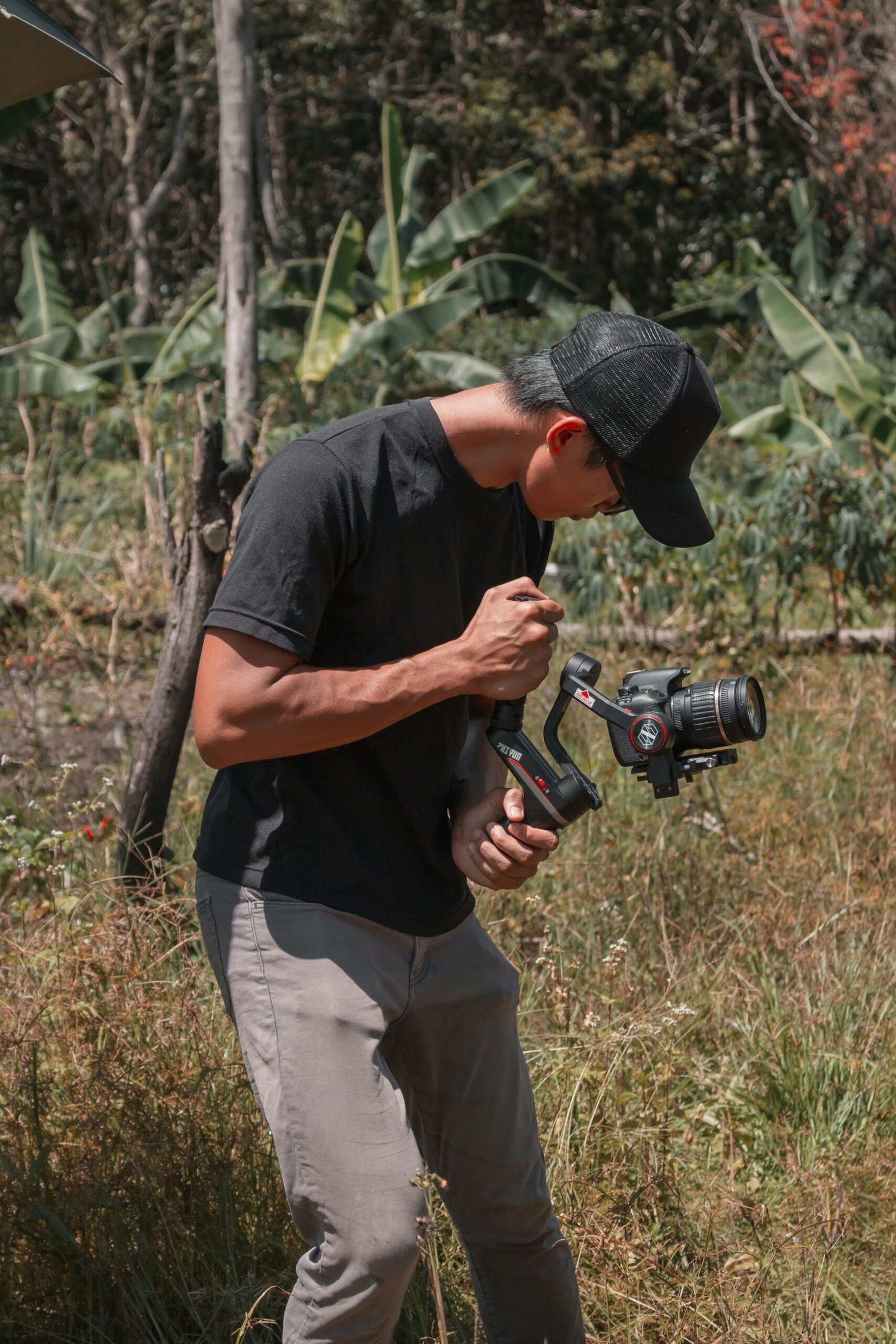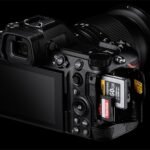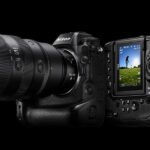The Importance of Solar Filters for Photographing Solar Eclipses
When it comes to capturing the awe-inspiring beauty of a solar eclipse, choosing the right lens is just the first step. Equally important is ensuring the safety of your camera sensor and your eyes by using a solar filter. Whether you are an amateur photographer or a seasoned professional, solar filters are an absolute must-have for photographing solar eclipses.
Protecting Your Camera Sensor
Your camera’s sensor is a delicate and sensitive component that can be easily damaged by the intense light and heat of the sun during a solar eclipse. To safeguard your camera and ensure optimal image quality, it is crucial to utilize a solar filter on your lens.
A solar filter is specifically designed to block out the harmful levels of light and heat emitted by the sun, allowing only a safe amount of light to reach your camera sensor. Without a solar filter, your camera’s sensor could be exposed to excessive heat and light, leading to irreversible damage.

Safeguarding Your Eyes
Just as it is essential to protect your camera sensor, it is equally important to protect your eyes during a solar eclipse. Looking directly at the sun, even during a partial phase of the eclipse, can cause severe and permanent damage to your eyes.
Regular sunglasses or ND filters are not sufficient to protect your eyes from the intense solar radiation. Only specialized solar glasses or a camera/lens with a solar filter can provide the necessary level of protection.
Solar glasses are specifically designed with lenses that block out harmful ultraviolet (UV) and infrared (IR) rays, as well as intense visible light. These glasses allow you to safely view the solar eclipse without risking damage to your eyes.
Exceptions During Totality Phase
Exceptions During Totality Phase
The totality phase of a solar eclipse, characterized by the moon completely obscuring the sun, presents a unique opportunity to witness the celestial spectacle without the aid of protective eyewear or solar filters. This phase offers a brief window of time during which observers can safely view the eclipse directly or through an unfiltered camera lens. However, it’s essential to note that this phenomenon occurs only in specific geographic locations along the path of totality, where the moon’s shadow fully envelops the sun.
Outside of the totality phase, which constitutes only a fraction of the entire eclipse event, precautions must be taken to safeguard both human eyes and camera equipment. During the partial phases leading up to and following totality, the sun’s intense rays pose a significant risk of irreversible damage. Therefore, it is imperative to utilize specialized solar glasses or equip cameras and lenses with appropriate solar filters to mitigate this danger effectively.
Maintaining awareness of the potential hazards posed by direct solar viewing is paramount. Investing in high-quality solar filters for camera lenses and ensuring the use of certified solar glasses significantly reduces the risk of eye injury and preserves the integrity of photographic equipment. Prioritizing safety measures while photographing a solar eclipse not only protects personal well-being but also facilitates the capture of stunning images that immortalize this awe-inspiring astronomical event.




